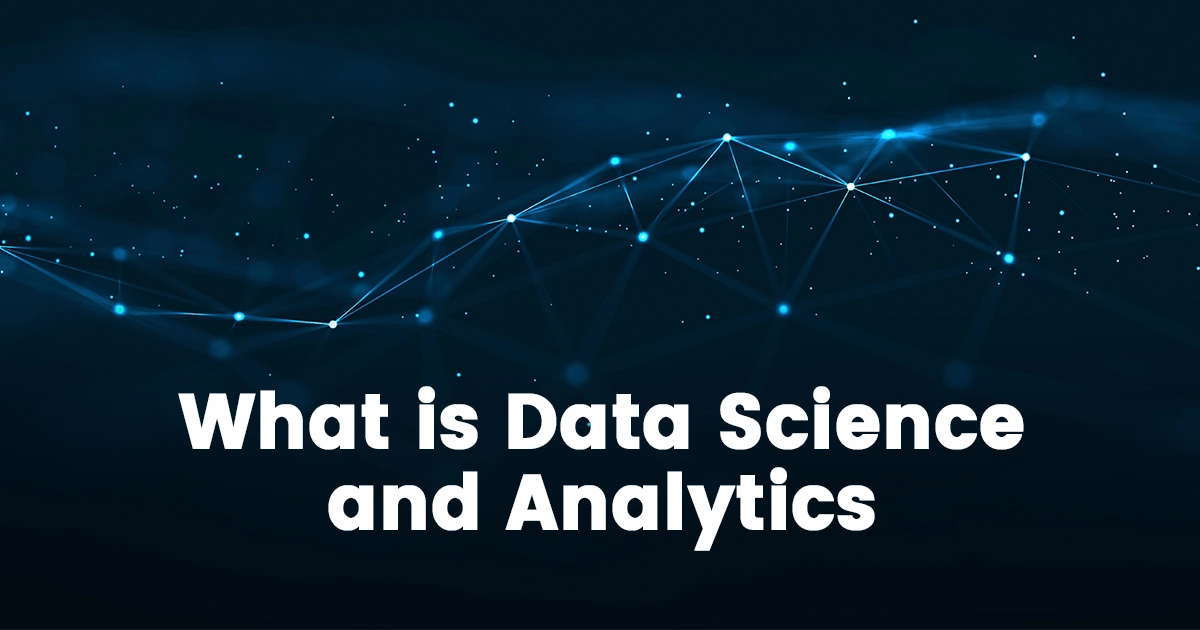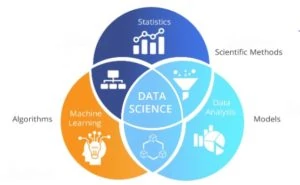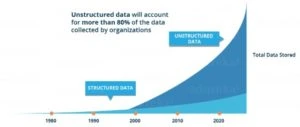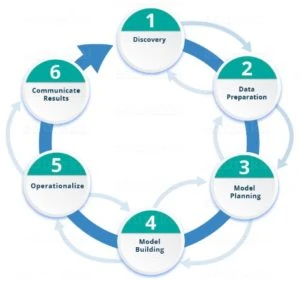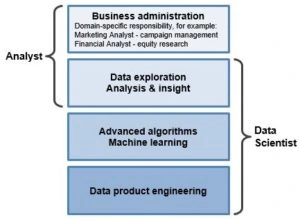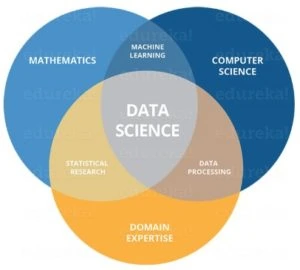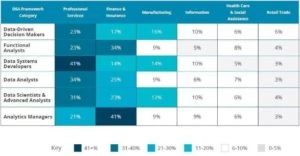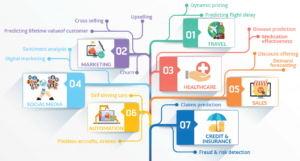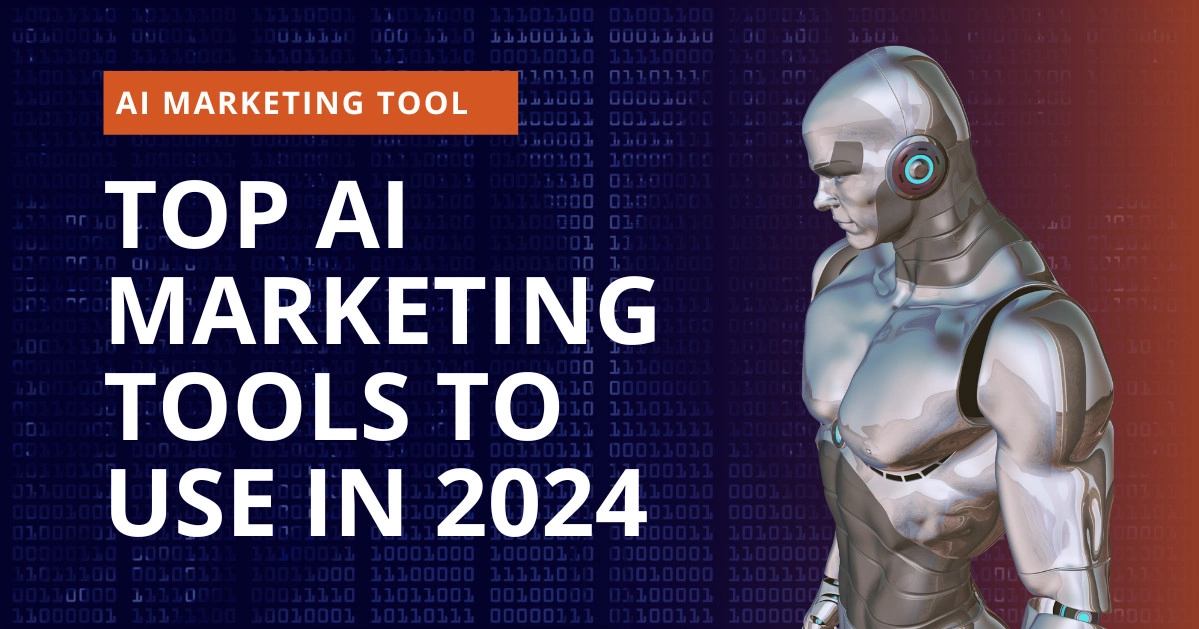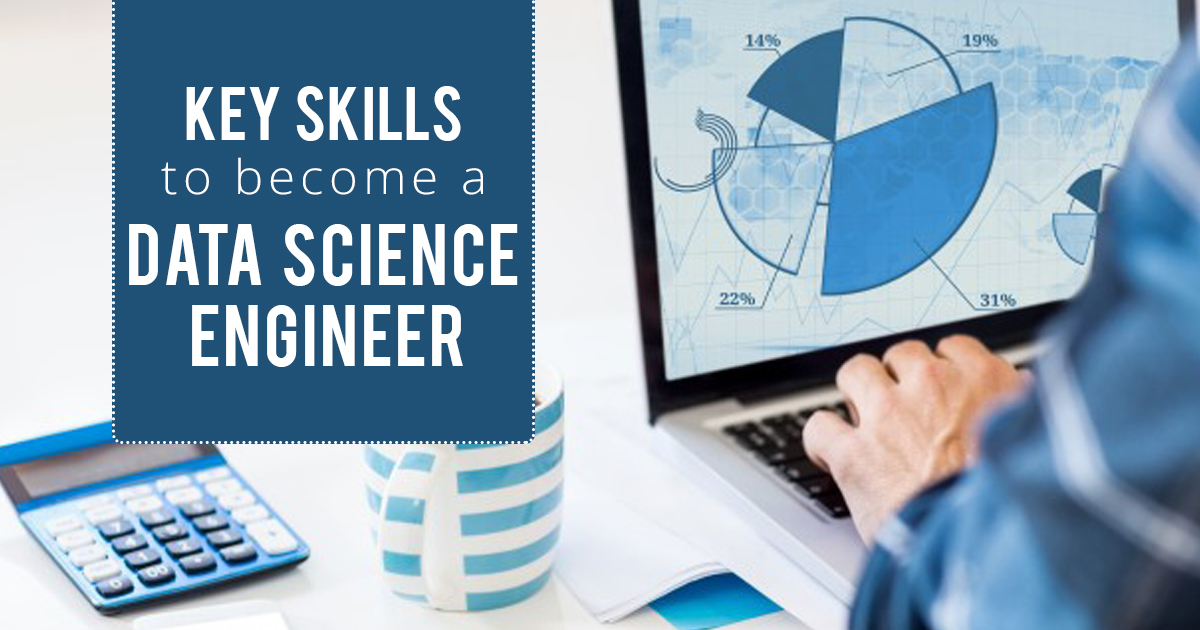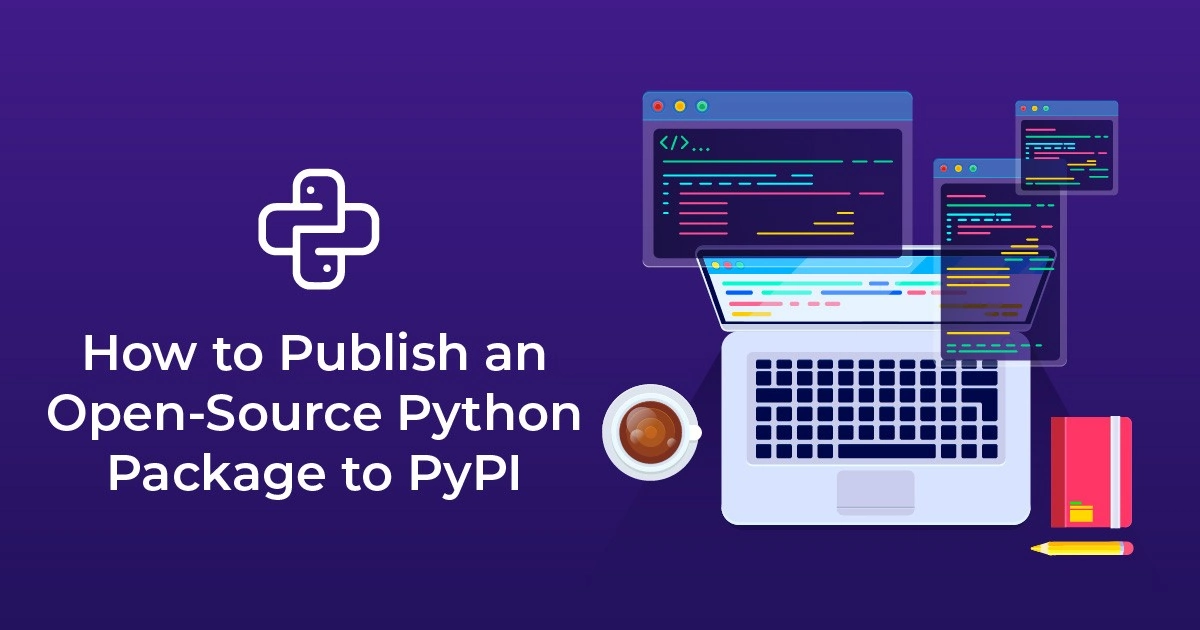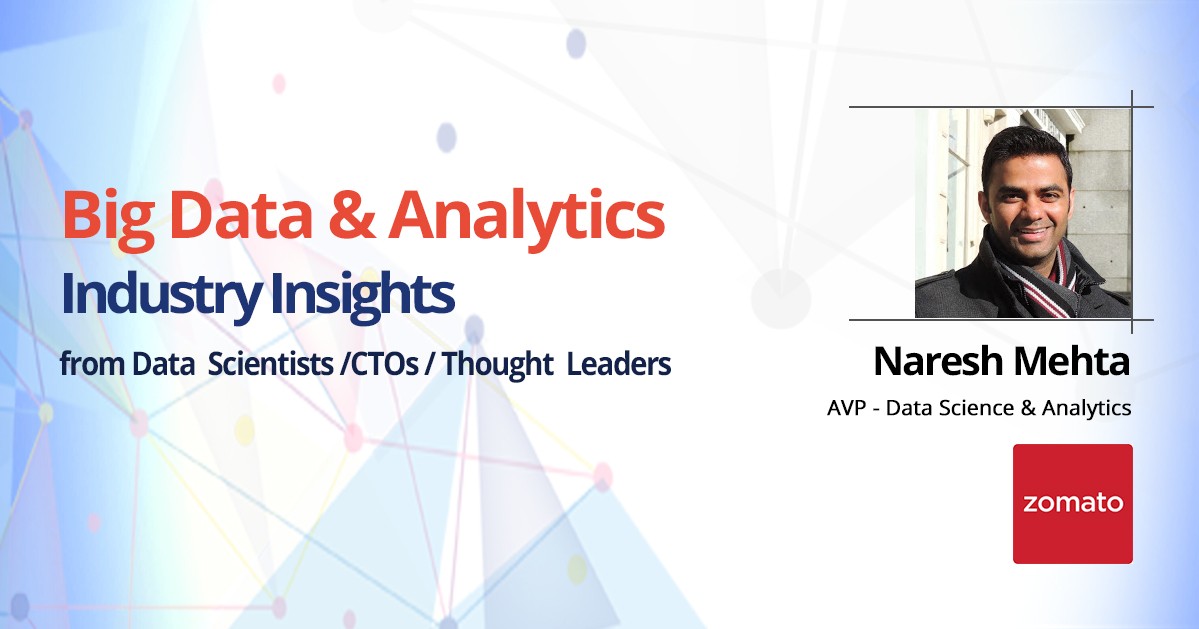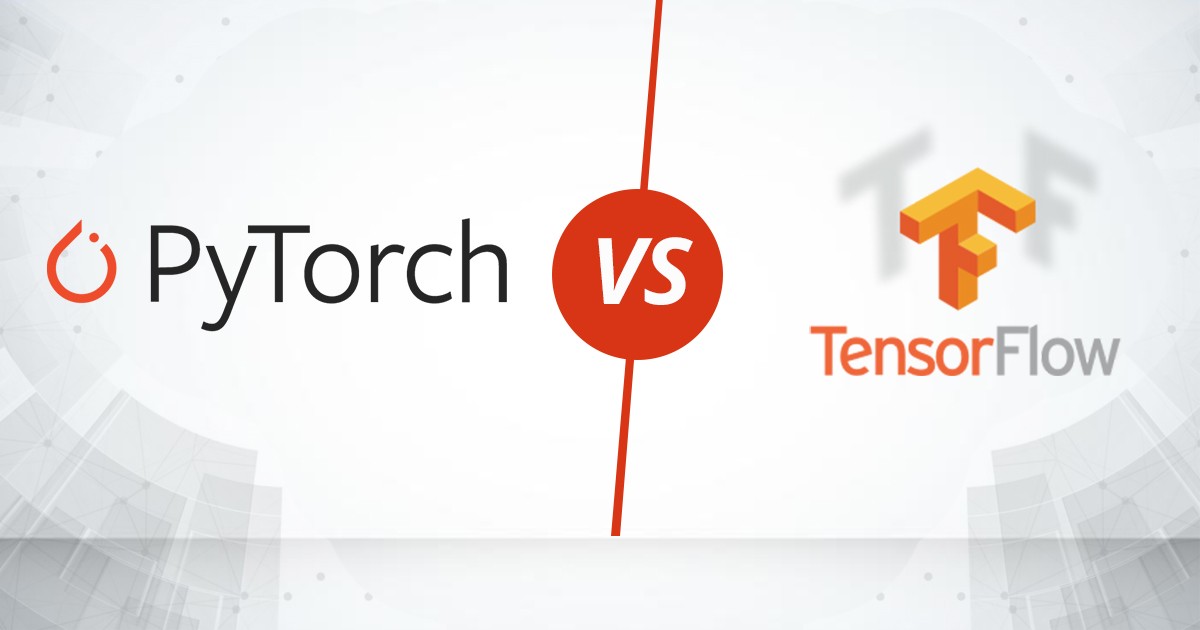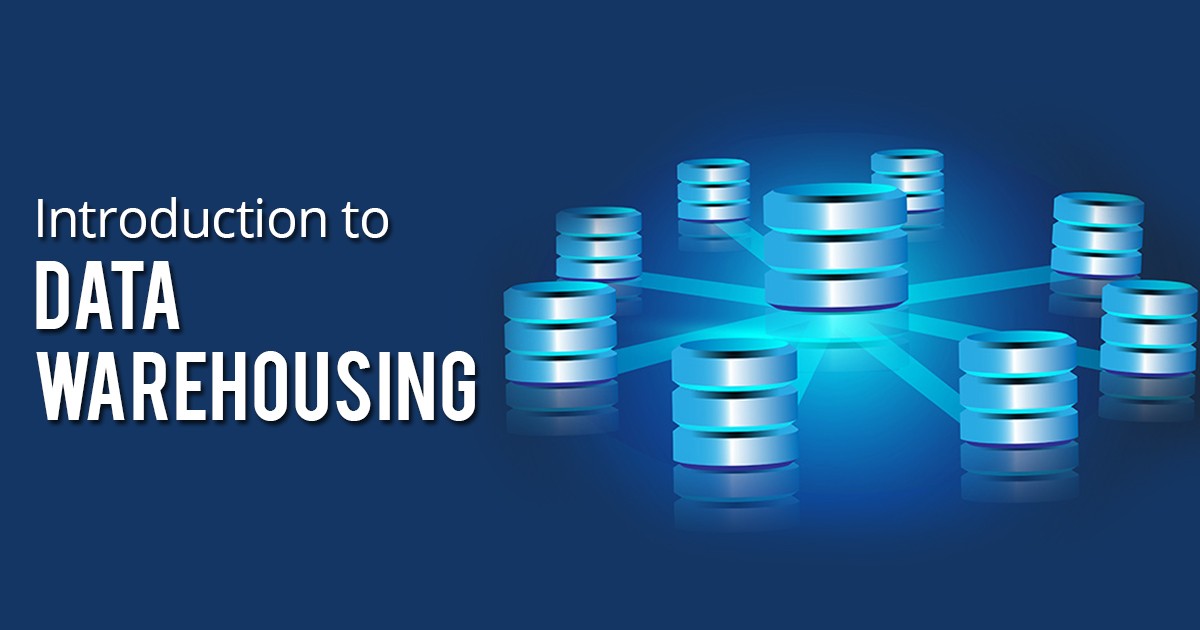Data science is the study of raw data that encompasses data analytics, data mining, and machine learning under one roof. Data science study helps us in finding meaningful patterns and insights from raw and unstructured data and is used to tackle big data that includes data cleansing, preparation, and analysis. As a data scientist, you have to gather raw data from various sources and then apply several techniques such as machine learning, predictive analytics, or sentiment analysis to collect meaningful information.
With data science, you can bring structure to big data, search for compelling patterns, and advise the decision-makers to bring in the changes effectively that suits your business needs.
Why Do We Need Data Science and Analytics?
In earlier days, the size of the data was minimal, and it was effortless to analyze the data by using some business intelligence tools. But with the advancement of digital technology and more data getting generated from several different sources such as financial logs, text files, multimedia forms, sensors, instruments, etc., companies face big-time challenges in cleansing and analyzing this unstructured data with traditional business intelligence tools. The chart below clearly indicates that the percentage of this unstructured data will rise to 80% by the end of 2020.
Hence, we need tools built on the latest technology and use advanced algorithms that are capable of cleansing, preparing, and processing this massive chunk of unstructured data to produce meaningful insights.
If you want a complete understanding regarding becoming a Data Scientist from scratch, this complete guide on How to Become a Data Scientist will help you.
The Lifecycle of a Data Science
There are multiple phases in the lifecycle of data science. Let’s understand it better with a real-life example. Imagine that you run a retail shop and your primary goal is to improve the sales of the shop. To identify the factors that drive your sales numbers, you must answer a few questions, such as which products are the most profitable? Are you gaining any benefit from the in-store promotions? These questions are better explained by following the steps involved in the lifecycle of data science.
A data science life cycle includes the following steps:
Data Discovery
The data discovery phase consists of the multiple sources from which you discover the raw and unstructured data such as videos, images, text files, etc. So, as per the above example, you need a clear understanding of the factors that affect your sales to procure the data that will be relevant for your further analysis. You can consider the following factors: store location, staff, working hours, promotions, product pricing, and so on.
Data Preparation
The next stage of the data science lifecycle is preparing the raw and unstructured data for further analysis. For this, you need to convert the data into a standard format so that you can work on it seamlessly. This phase includes steps for exploring, pre-processing, and conditioning of data. After your data is cleaned and pre-processed, it is much easier to perform exploratory analytics on it.
Model Planning
The model planning phase includes the methods and techniques that you will use to determine the relationships between variables. This relationship can act as a base for the algorithms that are used at the time of model building. You can use several different tools for model planning, such as SQL analysis services, R programming, or SAS/access. Out of all these tools, R programming is the most commonly used tool in model planning.
Model Building
In the model-building phase, you will create different datasets for training and testing purposes. For this purpose, you can divide your dataset into the 70 and 30 per cent ratio. 70% of data will be used to train the model, and the remaining 30% of data will be used to test the trained model. You can use techniques such as classification, association, or clustering to build your model.
Operationalize
In the operationalize phase, you will deliver the final reports, briefings, code, and any other technical documents.
Communicate Results
In the last phase, you will evaluate if you can achieve the goal that you set in the first phase. In this phase, you will communicate all your critical findings to the respective stakeholders and determine whether your project results in a success or failure based on the criteria defined in phase 1.
Difference Between a Data Science and Analytics Role
As stated above, data science is an umbrella term that includes data analytics, machine learning, and data mining; hence, data analytics can be considered as a subset of data science. Data science is the blend of various tools, algorithms, and machine learning principles that are studied to discover the meaningful pattern and information from the raw and unstructured data. On the other hand, data analysis explains what is going on by processing the history of the data, and includes techniques such as descriptive analytics, advanced analytics, diagnostic analytics, and prescriptive analytics. Each of the methods stated has its applications in the field of business.
For example, descriptive analytics helps answer questions about what happened and summarize large datasets to describe outcomes to stakeholders. Diagnostic analytics helps answer why things happened and supplement more basic descriptive analytics. Predictive analytics helps answer questions such as what will happen in the future, and identifies the trends and determines if they are likely to recur. Prescriptive analytics finds an answer to what should be done and helps businesses make informed decisions in the face of uncertainty.
The following block diagram shows how the two job titles, data scientist and data analyst, map to the skills and scope of the responsibilities:
Skills Required to Become a Data Scientist
To gain expertise in the data science field, you need skills in the three major areas: mathematics, computer science, and the respective domain knowledge. If you have the required expertise in mathematics, then you can quickly analyze and visualize the data. You should acquire good domain knowledge to understand the business problems clearly. You should also have excellent coding skills (computer science) to implement different algorithms in machine learning and data analysis.
The Job Market for Data Analysts
Data analysts are well-rounded and data-driven professionals with high-level technical skills. Data analysts have the required skills to build complex quantitative algorithms for organizing and synthesizing large amounts of information that is used to answer questions and drive strategy in their organization. They bridge the gap between data scientists and business analysts.
The requirement for data analysts is growing as organizations take a thoughtful approach to develop unique analytics strategies and drive impactful outcomes. The job of a data analyst is high-paid in India as well as abroad and will be the most sought after job in the coming few years. As per the Salary Study, analytics professionals out-earn their Java counterparts by almost 50% in India. The study indicates that there is an increase of 1.8% in the salaries of entry-level professionals who have experience ranging between 0 to 3 years.
Currently, the demand for DSA skills is growing in all industries, and the highest number of openings are in three sectors: finance and insurance, information technology, and professional, scientific, and technical services. There is a demand of approximately 59% of all Data Science and Analytics (DSA) jobs in sectors such as Finance and Insurance, Professional Services, and IT. The following table shows an analysis of the DSA job category demand by industry.
It is predicted that the annual demand for the fast-growing new roles of data scientists will reach nearly 700,000 by the end of 2020. Also, by 2020, the number of DSAs job listings is projected to grow by almost 364,000 listings to approximately 2,720,000.
For more information about how data science is becoming the highest-paid field, you must read the article Rising Star in the Big Data and Analytics Industry.
Top Trends in Data Science Job
The following infographic shows the list of domains where data science is creating a significant impression.
Data Science Job Openings in 2019
If we look at the statistics, there is a significant growth in the number of jobs in analytics and data science, out of which India has contributed to approximately 6% of open job openings worldwide. There are a total of 97,000 job openings in the field of data science and analytics, of which 97% of job openings are to hire full-time professionals and 3% as part-time or contractors.
Forecasting the Growth in Data Science Professionals in 2018
The year 2018 had seen positive job growth in the data science and analytics field, with a 45% increase in open job requirements.
Increase in Data Analysts Salary: Companies Offering More than 15 Lakh Per Annum
Compared to 2017, there has been an increase of 2% in the numbers of data analysts jobs with companies offering more than 15 lakhs per annum as compensation.
Top Industries Hiring Analytics Talent
The BFSI sector has the maximum demand for professions with data science skills in India. The other industries that have a massive demand for data analysts are e-commerce and telecom.
Python will Continue to Dominate the Market
Python is the top-most tool that is getting used by most of the data scientists and analysts.
For more information about building a career in data science, read the article How to Build a Career in Data Science with Some Simple Steps to get a thorough understanding.
Strategies Required for Building Your Own Data Science and Analytics Pipeline
To build a better pipeline of talent, businesses and higher education need better ways of signalling for the skills of the future.
Structuring of the People Plan for the Digital Economy
As we are advancing into the digital economy, companies need to focus on new approaches for recruitment and development that are defined by the set of data science and analyst skills. These skills are required by the companies so that they can build cohesive, multidisciplinary teams that will deliver business results. A competent people plan indicates the skills and competencies for each role that a company has. Companies need a comprehensive plan to assess how they can organize people with the right skills, right knowledge, and proper experience in the right departments.
Modernize the Training and Development
If you are recruiting candidates from companies that have made it big in the field of data science and analytics, you will end up paying colossal compensation, and there is no guarantee that the candidates will stay in the company for long-term. To ensure long-term employability, companies should focus more on bringing all the conventional training methods that focus on updating the skills of your employees. Companies can also offer external degree and certificate programs, internal coursework, and on-the-job training.
Build Multidisciplinary Strength using Data Science
Expertise in data science and analytics provides the ability to data analysts and scientists to thrive in multidisciplinary teams. To achieve this goal, companies should launch programs that bring domain, computer science, data science, and machine learning together through a diverse range of skills, expertise, and experience. A company should provide more opportunities for candidates to indulge in applying data science to real-life problems. This approach will help them to develop a host of other much-needed skills such as critical thinking, how to communicate effectively, and how to collaborate with a diverse group of people.
Final Thoughts
Undoubtedly, our future belongs to data scientists and data analysts. With the advancement in digital technology, more and more data is being generated, providing opportunities to drive critical business decisions.
For more information about data scientists, see the following video on Youtube.
